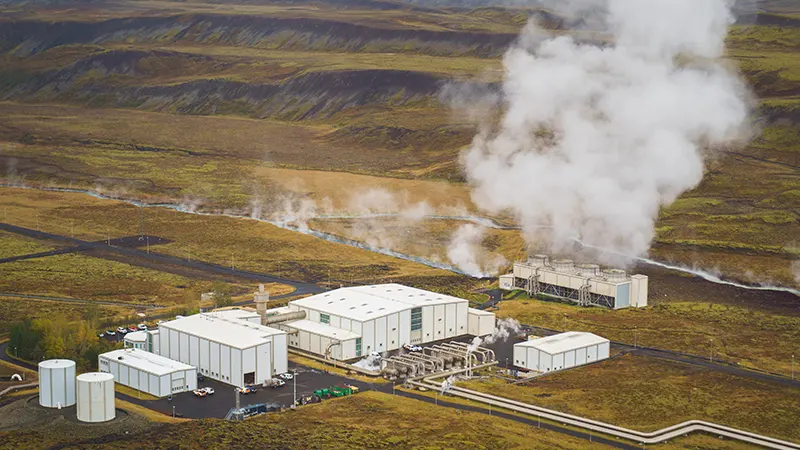 Geothermal energy is becoming increasingly important for Bulgaria’s energy future.
Geothermal energy is becoming increasingly important for Bulgaria’s energy future.
Expanding the use of geothermal power can reduce and potentially replace fossil fuels, especially when combined with other renewable sources. This shift will help Bulgaria build a modern, sustainable economy while creating jobs and developing skills that could position the country as a European leader in renewable technologies. It also supports Bulgaria’s long-term goal of reaching carbon neutrality by 2050.
The Bulgarian government has set an ambitious target to develop 400 MW of geothermal energy capacity by 2026, reflecting geothermal energy’s vital role in the nation’s transition to a low-carbon economy. Unlike other renewables, geothermal energy provides reliable, clean, and affordable base-load power without needing costly battery storage. Currently, over 80% of Bulgaria’s base-load power comes from fossil fuels and nuclear energy, so geothermal offers a valuable alternative that can reduce this dependency.
Geothermal energy comes from heat stored inside the Earth. Deep geothermal heat originates from radioactive decay and friction inside the Earth, causing underground temperatures to rise with depth, reaching thousands of degrees near the core. When hot rocks underground contain water, wells can bring that heat to the surface for various uses. Shallow geothermal heat, on the other hand, comes from the sun and is stored near the surface, maintaining a constant 10-15°C temperature just below ground.
In Bulgaria, underground temperatures increase by about 25°C to over 40°C per kilometre, meaning parts of the country could have geothermal sources hotter than 150°C at depths of 4,000 to 6,000 metres. These temperatures make it possible to use geothermal energy for heating greenhouses, fisheries, spas, district heating, industrial processes, and even electricity generation. Shallow geothermal heat, typically below 25°C, can be harnessed with geothermal heat pumps for efficient heating and cooling of buildings, saving up to 80% on energy costs compared to traditional systems.
Bulgaria’s geothermal potential varies across two main geological regions divided by the Stara Planina Mountains. The northern region has a large sedimentary basin with proven medium to high temperature resources, thanks to historic oil and gas exploration. The southern region consists of smaller basins and mountains, with geothermal potential suggested by numerous thermal springs, although deeper resources remain less explored.
Despite Bulgaria’s rich geothermal resources, development has been slow, mainly due to regulatory challenges. Over the past 30 years, geothermal use has grown by only 16%, and there are currently no geothermal power plants. Updating regulations to align with international best practices is key to attracting investment and unlocking Bulgaria’s geothermal potential quickly.
The Bulgarian Association Geothermal Energy is working to unite government, industry, and experts to support geothermal development. The government’s roadmap includes policy reforms, scientific studies, and pilot projects to demonstrate economic viability and encourage investment. Transitioning expertise from the oil and gas sector to geothermal development will also create jobs and new skills.
The path to a sustainable energy future in Bulgaria depends on collaboration and commitment to making geothermal energy an everyday reality. As the Bulgarian Association Geothermal Energy notes, “The journey will require significant manpower and specialist expertise,” but it offers a clear opportunity to build a cleaner, greener economy.
